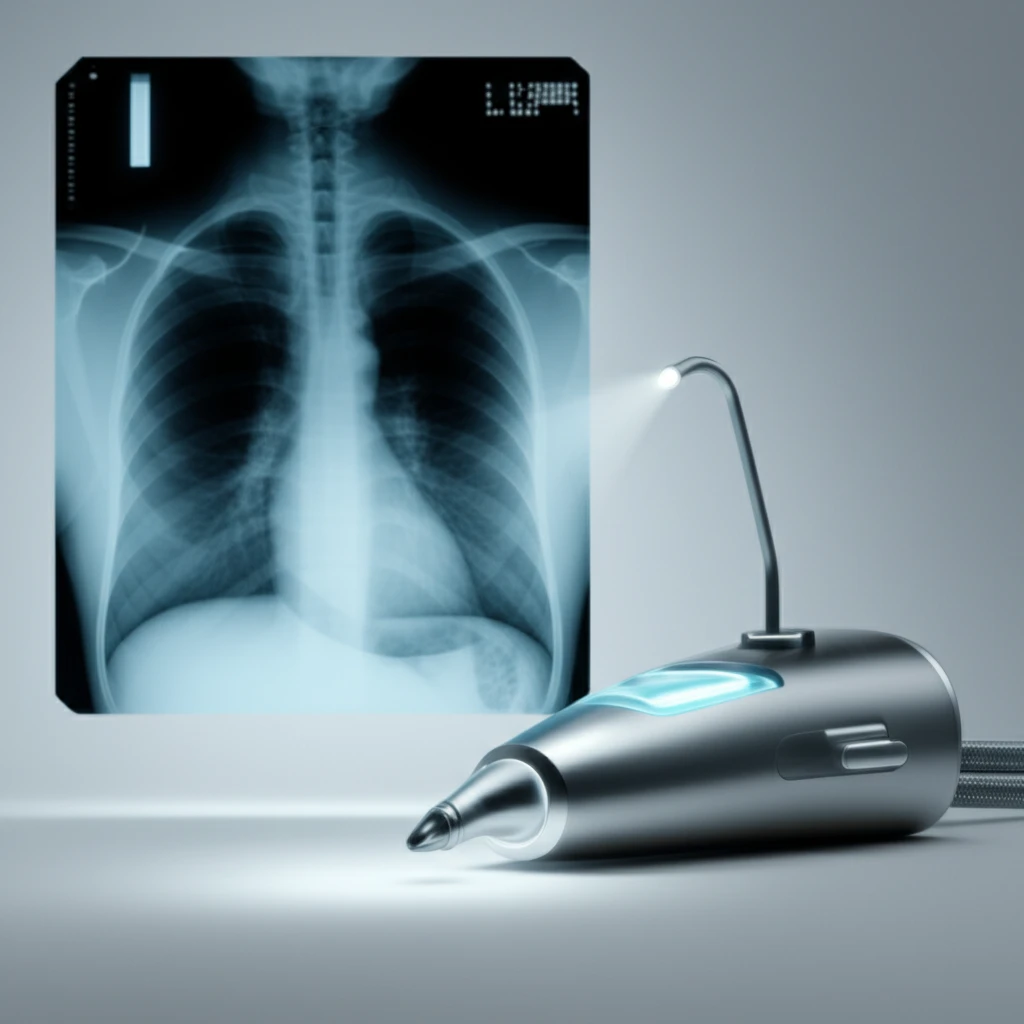
Beyond the Scalpel: Reimagining Chest X-Rays and Smoke Evacuation in Modern Medicine
"Are traditional diagnostic methods still relevant? Exploring new perspectives on chest X-rays and smoke extraction techniques."
In the fast-paced world of modern medicine, it's crucial to regularly assess the value and effectiveness of established practices. Two letters to the editor, published in the Annals of the Royal College of Surgeons of England, sparked insightful discussions regarding the utility of chest X-rays (CXRs) in diagnosing acute abdominal pain and innovative modifications to smoke evacuation devices used during surgery.
The first letter challenges a previous study questioning the necessity of routine CXRs for patients presenting with acute abdominal issues. The authors argue that CXRs remain valuable for excluding perforations and investigating respiratory symptoms, aligning with current guidelines and potentially facilitating earlier discharge for some patients. They also caution against the increased use of cross-sectional imaging, which could lead to higher costs and radiation exposure.
The second letter delves into a technical modification of a hand-held smoke extraction device, initially described by King and Ferguson. The author shares their experience with a refined technique that enhances smoke evacuation efficiency and precision during surgical procedures. This adaptation involves incising the suction tubing to allow controlled movement of the diathermy blade, reducing lumen occlusion and improving safety.
The Ongoing Role of Chest X-Rays: Balancing Necessity and Resource Management

The debate surrounding the routine use of CXRs highlights the need for a balanced approach. While some studies suggest CXRs may not always be necessary, others emphasize their continued importance in specific clinical scenarios. The key lies in adhering to established guidelines and considering the potential consequences of omitting this diagnostic tool.
- Excluding Perforation: CXRs are effective in identifying free air in the abdomen, a sign of perforation that requires immediate surgical intervention.
- Investigating Respiratory Symptoms: In patients presenting with respiratory symptoms alongside abdominal pain, CXRs can help diagnose underlying pulmonary conditions.
- Facilitating Early Discharge: A normal CXR result may allow for earlier discharge in certain cases, reducing hospital stay and associated costs.
- Cost-Effectiveness: Compared to more advanced imaging techniques like CT scans, CXRs are a relatively inexpensive diagnostic tool.
Refining Surgical Techniques: A Focus on Precision and Efficiency
The modified smoke extraction technique demonstrates the importance of continuous improvement in surgical practices. By refining existing methods, surgeons can enhance precision, reduce complications, and improve patient outcomes.
The key benefits of the modified technique include:
<ul> <li><b>Improved Smoke Evacuation:</b> The modified design minimizes lumen occlusion, resulting in more effective smoke removal.</li> <li><b>Enhanced Precision:</b> Surgeons can precisely control the length of the exposed diathermy blade, allowing for targeted tissue coagulation.</li> <li><b>Increased Safety:</b> Insulating the remaining blade within the lumen reduces the risk of unintended tissue damage.</li> </ul>
